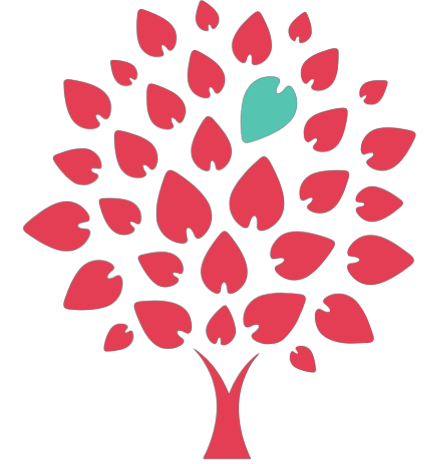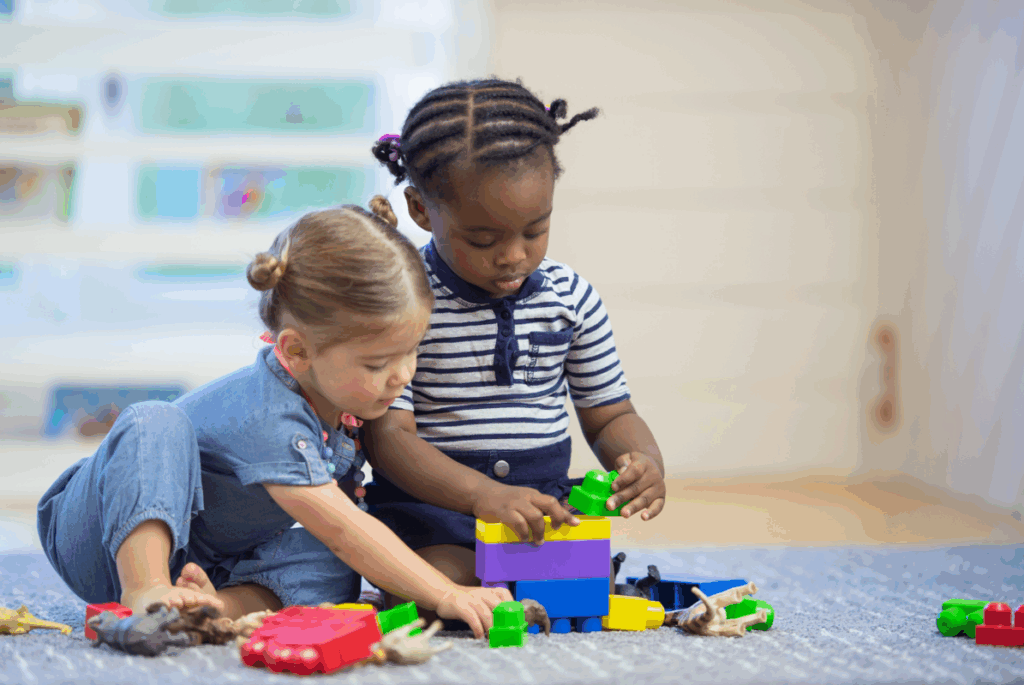One question I often hear from parents is: “What exactly is STEM or STEAM, and is it really for young kids?” My answer is always: Yes! and it’s already happening around you every day.
STEM stands for Science, Technology, Engineering, and Mathematics. Add the “A” for Arts, and we get STEAM — which acknowledges creativity, design, and expression as essential components of learning and problem-solving.
Now, before you picture lab coats and complicated equations, let me reassure you that early STEM/STEAM is all about playful exploration, curiosity, and hands-on learning. It’s the way your toddler stacks blocks, your preschooler asks “why” a hundred times a day, or your early primary child builds a fort out of cushions and chairs.
The early years of birth to age 8 are a golden window of opportunity. Children are naturally wired to wonder, experiment, test, and create. When we support that with simple, open-ended experiences, we’re building the foundation for lifelong learning, resilience, and problem-solving skills.
So what does STEM/STEAM look like in real life?
Science: Watching ice melt, exploring shadows on the wall, or growing a few herbs on a windowsill.
Technology: Using a magnifying glass, taking photos together, or even talking about how a toaster works.
Engineering: Building with blocks, LEGO, recycled boxes, or just figuring out how to balance different shapes.
Arts: Drawing, painting, dancing, or designing an “invention” from craft supplies.
Math: Counting snacks, measuring ingredients while baking, or sorting laundry by size and color.
You don’t need fancy equipment or special skills. All you need is a mindset that encourages curiosity. Ask open-ended questions like, “What do you think will happen if…?” or “How could we make this stronger?” Give your child time to think, try, and even fail — because learning happens in the trying.
As a mum, I know life is busy. But these little moments — whether you’re cooking dinner or playing outside — are full of rich learning opportunities. And as a teacher, I can tell you that when children start school with this kind of foundation, they arrive confident, capable, and eager to learn more.
So next time your child turns the lounge into a construction zone or fills the bathtub with kitchen utensils “for an experiment,” take a breath… and smile. They’re doing STEM.

بالطبع! إليك الترجمة إلى اللغة العربية:
سؤال كثيرًا ما أسمعه من الأهالي هو: “ما هو STEM أو STEAM بالضبط؟ وهل هو مناسب فعلًا للأطفال الصغار؟” إجابتي دائمًا هي: نعم! والحقيقة أنه يحدث بالفعل من حولكم كل يوم.
STEM هو اختصار لـ العلوم (Science)، التكنولوجيا (Technology)، الهندسة (Engineering)، والرياضيات (Mathematics). وإذا أضفنا الحرف “A” ليصبح STEAM، فإننا نُدخل الفنون (Arts)، التي تُعتبر مكونًا أساسيًا للإبداع والتصميم والتعبير، وكلها عناصر مهمة في التعلّم وحل المشكلات.
وقبل أن تتخيلوا معاطف المختبر والمعادلات المعقدة، دعوني أطمئنكم: تعلم STEM/STEAM في مرحلة الطفولة المبكرة هو كلّه حول اللعب الاستكشافي، والفضول، والتعلّم العملي. هو في الطريقة التي يكدّس بها طفلكم الصغير المكعبات، أو عندما يسأل طفلكم في سن ما قبل المدرسة “لماذا؟” مئة مرة في اليوم، أو عندما يبني طفلكم في المرحلة الابتدائية حصنًا من الوسائد والكراسي.
السنوات الأولى من الولادة حتى عمر 8 سنوات هي نافذة ذهبية للتعلم. الأطفال مهيّؤون بالفطرة للتساؤل، والتجريب، والاختبار، والإبداع. وعندما ندعمهم من خلال تجارب بسيطة ومفتوحة، فإننا نبني أساسًا لـ التعلّم مدى الحياة، والمرونة، ومهارات حل المشكلات.
فكيف يبدو STEM/STEAM في الحياة الواقعية؟
- العلوم: مراقبة ذوبان الجليد، استكشاف الظلال على الحائط، أو زراعة بعض الأعشاب على حافة النافذة.
- التكنولوجيا: استخدام عدسة مكبرة، التقاط صور معًا، أو حتى التحدث عن كيفية عمل المحمصة.
- الهندسة: البناء بالمكعبات أو الليغو أو الصناديق المعاد تدويرها، أو مجرد محاولة موازنة أشكال مختلفة.
- الفنون: الرسم، التلوين، الرقص، أو تصميم “اختراع” باستخدام أدوات حرفية.
- الرياضيات: عدّ الوجبات الخفيفة، قياس المكونات أثناء الخَبز، أو فرز الغسيل حسب الحجم واللون.
لا تحتاجون إلى أدوات متطورة أو مهارات خاصة — كل ما تحتاجونه هو عقلية تشجّع الفضول. اطرحوا أسئلة مفتوحة مثل: “ما الذي تعتقد أنه سيحدث إذا…؟” أو “كيف يمكننا أن نجعل هذا أقوى؟” امنحوا طفلكم الوقت للتفكير، والمحاولة، وحتى الفشل — لأن التعلّم يحدث في المحاولة.
بصفتي أمًا، أعلم أن الحياة مشغولة. لكن هذه اللحظات الصغيرة — سواء كنتم تطبخون العشاء أو تلعبون في الخارج — مليئة بفرص تعلّم غنية. وكمعلمة، أستطيع أن أقول لكم: عندما يبدأ الأطفال المدرسة بهذه القاعدة، فإنهم يصلون وهم واثقون، قادرون، ومتحمّسون للتعلم أكثر.
ففي المرة القادمة التي يحوّل فيها طفلكم غرفة الجلوس إلى ورشة بناء، أو يملأ حوض الاستحمام بأدوات المطبخ “لإجراء تجربة”، خذوا نفسًا… وابتسموا.
طفلكم يطبّق STEM.



Very good https://is.gd/tpjNyL
Good https://is.gd/tpjNyL
Good https://is.gd/tpjNyL
Very good https://shorturl.at/2breu
Awesome https://shorturl.at/2breu
Very good https://shorturl.at/2breu
Awesome https://shorturl.at/2breu
Awesome https://shorturl.at/2breu
Awesome https://is.gd/N1ikS2
Good https://is.gd/N1ikS2
Awesome https://is.gd/N1ikS2